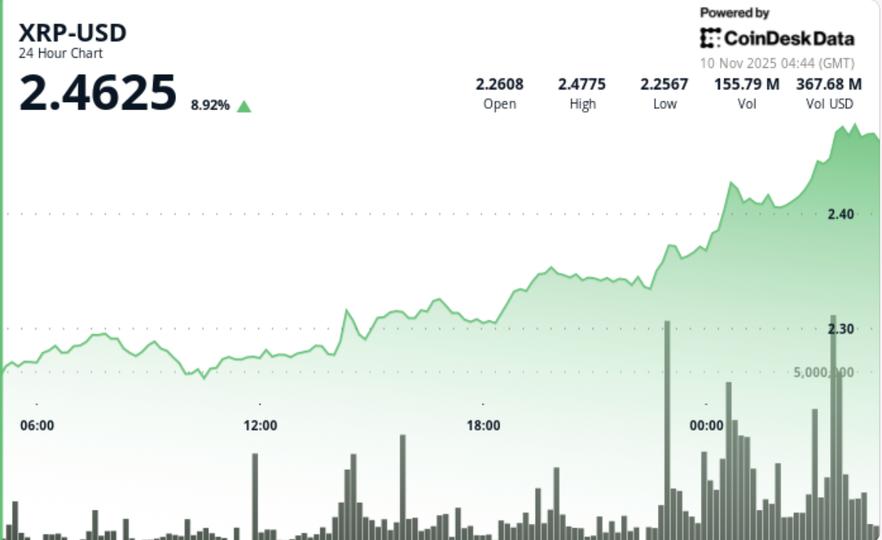
Energy Crisis in Technology: The Future of AI is Under Threat


American technology giants, while they possess significant resources in the battle for artificial intelligence supremacy, face a new obstacle: energy needs.
Microsoft CEO Satya Nadella stated in a recent podcast with OpenAI leader Sam Altman, "The biggest problem we're facing right now is not a surplus of processors but our ability to supply sufficient power and energy. If we can't achieve this, we could be left with chipsets that can't be utilized for the necessary operations we have," he said.
Today's tech giants are spending unprecedented budgets to build the silicon backbone of the artificial intelligence revolution, reminiscent of the internet infrastructure frenzy of the 1990s. Google, Microsoft, AWS (Amazon Web Services), and Meta (Facebook) aim to invest about $400 billion by 2025, with this figure expected to rise even further in 2026.
This financial power has helped them overcome an initial hurdle: securing the necessary chipsets. The tech giants are accelerating their own processor production to follow Nvidia's lead. These processors will fill massive data centers, which will also require large amounts of water for cooling.
Building large data centers typically takes an average of two years in the United States; bringing online new high-voltage power lines can take five to ten years.
Tech giants in Silicon Valley saw this energy wall approaching. A year ago, Dominion Energy, the main service provider in Virginia, received an order for a data center with a capacity of 40 gigawatts, which has since risen to 47 gigawatts.
Data centers are already being blamed for increasing household electricity bills, and various studies project that by 2030, these centers will account for between 7% and 12% of total energy consumption in the U.S. However, some experts caution that these projections might be exaggerated.
For instance, well-known expert from UC Berkeley Jonathan Koomey stated, "Both service providers and technology companies have an interest in adopting rapid growth predictions regarding electricity usage." Just like in the internet bubble of the late 1990s, "many data centers will never be realized."
If expected growth materializes, a 45-gigawatt energy shortfall could occur by 2028. Many U.S. energy companies have begun to delay shutting down coal plants, as coal is the most polluting energy source. Additionally, according to the International Energy Agency, natural gas, which accounts for 40% of the energy for data centers, has gained renewed popularity due to its ability to be quickly brought online.
In Georgia, where data centers are rapidly increasing, an energy company has applied for permits for 10 gigawatts of gas generators. Furthermore, some providers and Elon Musk's xAI venture have sought to rapidly increase their current capabilities by purchasing used turbines from abroad. Even the repurposing of aircraft turbines is being revisited as an old niche solution.
Secretary of Homeland Security Doug Burgum stated in an October announcement, "The real existential threat is not a degree of climate change right now. If we don’t have enough power, we risk losing the artificial intelligence arms race."
Technology giants are also quietly sidelining their climate commitments. For example, Google had pledged net zero carbon emissions by 2030, but this commitment was removed from its website in June. Instead, companies are promoting long-term projects. Amazon is working on a revival in nuclear energy through Small Modular Reactors (SMRs).
Google plans to restart a reactor in Iowa by 2029. Additionally, the Trump administration announced an $80 billion investment for the construction of ten traditional reactors by the end of October. Hyperscalers are also investing heavily in solar energy and energy storage, especially in California and Texas.
The Texas electricity grid plans to increase its capacities by around 100 gigawatts through these technologies by 2030. Lastly, Elon Musk is working on placing solar-powered chipsets in space through the Starlink program, while Google plans to conduct experiments for this by 2027.
.png)
Yakında Tüm Platformlarda
Sizlere kesintisiz haber ve analizi en hızlı şekilde ulaştırmak için. Yakında tüm platformlarda...








.png)